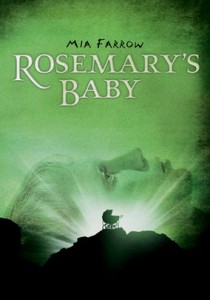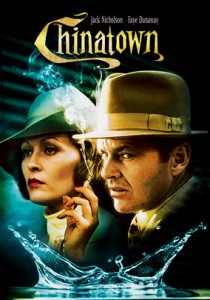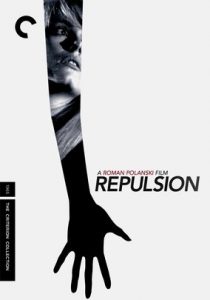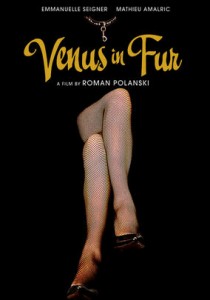Rosemary’s Baby-1968
Director Roman Polanski
Starring Mia Farrow, John Cassavetes, Ruth Gordon
Top 250 Films #14
Top 40 Horror Films #4
Scott’s Review #9
Reviewed June 17, 2014
Grade: A
Rosemary’s Baby (1968) is not only a great film, it’s a masterpiece. Easily one of my favorites in the horror genre, it’s also towards the top of the list of my all-time favorite films.
The beauty of this film lies in its power of suggestion and subtleties. It lacks the blood, gore, or standard horror frights one might expect.
It doesn’t need them.
The audience senses something is amiss through clues provided throughout the film. The closed-off room in the young couple’s apartment, the sweet, but a bit odd, elderly neighbors, a strange suicide, a mysterious, horrid-smelling, good luck charm. Rosemary’s due date (June 6, 1966- “666”).
The strange, dreamlike conception scene is intense and surreal. Her husband- claiming Rosemary passed out from too much alcohol- begins to become a suspicious man following the incident, but we are confused by his involvement- what are the neighbors up to, we wonder? Are they sinister or simply innocent meddlers?
In a sinister scene, Rosemary gnaws on bloody raw meat, catches her reflection in the glass, and is horrified by her behavior.
Mia Farrow is excellent as the waifish, pregnant Rosemary, who loses weight, rather than gains it.
The film also has a couple of real-life eerie occurrences: the building setting (The Dakota) is where John Lennon was shot and killed, and Director Roman Polanski’s wife, Sharon Tate, in a cameo, was murdered shortly after filming by Charles Manson.
Rosemary’s Baby shares a similar theme with other devilish/demon films, such as The Exorcist (1973) and The Omen (1976).
This is a film that must be seen by everyone and only shines brighter with each subsequent viewing.
Oscar Nominations: 1 win-Best Supporting Actress-Ruth Gordon (won), Best Screenplay Based on Material from Another Medium



